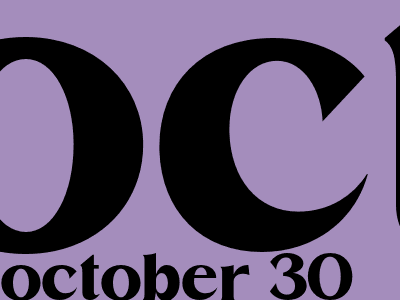
The Ultimate Guide to SEO for Blogger.com
Unlock Your Blog's Potential with Top-Notch SEO Practices
Are you struggling to get your Blogger.com blog noticed by search engines and potential readers? You're not alone! SEO (search engine optimization) can seem like a daunting task, especially for beginners. But fear not, fellow bloggers, because this comprehensive guide will unveil the secrets to boosting your blog's visibility and driving organic traffic.
Understanding SEO for Blogger.com
SEO revolves around optimizing your blog's content and structure to make it search engine-friendly. By following best practices, you can increase the chances of your blog appearing higher in search results pages (SERPs) when users search for relevant topics.
Optimizing Your Content
1. Keyword Research: The Foundation of Success
Keyword research is the backbone of SEO. It involves identifying the specific words and phrases that your target audience is searching for. Incorporate these keywords naturally into your blog posts, headings, and metadata to improve your visibility for relevant searches.
2. Create High-Quality, Engaging Content
Content is king in the world of SEO. Create valuable, informative, and engaging content that provides readers with what they're looking for. Use clear and concise language, avoid jargon, and ensure your content is well-structured with headings, subheadings, and bullet points.
3. Optimize Your Headings and Metadata
Headings (H1, H2, H3, etc.) and metadata (title tags and meta descriptions) play a crucial role in SEO. Use descriptive and keyword-rich headings to organize your content and provide context to search engines. Write compelling meta descriptions that entice users to click on your blog posts.
Optimizing Your Blog Structure
1. Use a Sitemap: Guide Search Engines
A sitemap is an XML file that provides a roadmap of your blog's structure to search engines. It helps them crawl and index your content more efficiently. Submit your sitemap to Google Search Console to ensure your blog is properly indexed.
2. Optimize Your URLs
Your blog post URLs should be concise, descriptive, and keyword-rich. Avoid using long, complex URLs with unnecessary characters or numbers. Instead, aim for short, readable URLs that accurately reflect the content of each post.
3. Enable Accelerated Mobile Pages (AMP)
AMP is a Google-led initiative that optimizes web pages for faster loading on mobile devices. Enabling AMP on your blog can significantly improve the user experience and boost your mobile search rankings.
Other Best Practices for Blogger.com SEO
1. Build High-Quality Backlinks
Backlinks from reputable websites act as votes of confidence for your blog. Reach out to other bloggers or websites in your niche and ask for guest posting opportunities or collaborations. Ensure the backlinks are relevant and come from high-quality sources.
2. Utilize Social Media for Promotion
Share your blog posts on social media channels to increase visibility and drive traffic to your website. Engage with your followers, share valuable content, and run social media campaigns to promote your blog.
3. Track Your Results and Make Adjustments
SEO is an ongoing process. Use analytics tools such as Google Search Console and Google Analytics to track your progress and identify areas for improvement. Analyze your website traffic, search rankings, and user behavior to make data-driven decisions and optimize your SEO strategy.